Goodnight Desdemona (Good Morning Juliet) by Ann-Marie MacDonald
Ann-Marie MacDonald’s widely produced play, and winner of the 1990 Governor General’s Award for Drama, presents Constance Ledbelly, an academic who is sucked into and disrupts the story-worlds of two Shakespearean plays, Othello and Romeo and Juliet.
Nationalism, late 1800s–1950s: Canadian Immigration and War
In the nineteenth century, Canada created assimilationist legislation for the governance of Aboriginal peoples (see especially the Indian Act of 1876), producing the residential school system among other initiatives that sought to eradicate cultural differences.
Visual Poetry and Indigenous-Settler Issues: Shane Rhodes and Jordan Abel
This chapter includes several contemporary visual poems by non-Indigenous poet Shane Rhodes (b. 1973) and Nisga’a poet Jordan Abel (b. 1985). These poems engage with the ways that land negotiations, treaties, and cultural documentation dispossessed Indigenous peoples.
Ana Historic by Daphne Marlatt
Influenced by both avant-garde poetry and Virginia Woolf’s stream of consciousness narrative mode, Daphne Marlatt’s Ana Historic follows the mind of the narrator, Annie, at work. While researching the history of Mrs. Richards, a mysterious woman who appears in the civic archives of Vancouver in 1873, Annie’s mind jumps from her research to her personal struggle with her mother’s suicide, intermingling the three women’s stories on the page. The layout and typography change as perspective shifts, offering a collage of the women’s lives, serving as analogues to one another.
Roughing It in the Bush by Susanna Moodie
This popular account of emigration from England and settlement in Upper Canada has become a classic in the history of Canadian literature. First published in 1852, Roughing It in the Bush describes Susanna Moodie’s impressions of the people, places, and processes of settlement in the first seven years after she arrived in Upper Canada in 1832.
Paratexts and Literary Value
The Author’s Note is part of the paratext of Yann Martel’s Life of Pi that helps the text establish its cultural value. The Author’s Note is written in first person, and the title of the piece—“Author’s Note”—implies the speaker is Yann Martel, the author whose name is on the cover of the physical book. The speaker even gives a history of how he came to write “[t]his book” (v) by explaining his previous literary failures, some of which evoke Martel’s own earlier underwhelming literary efforts. Yet as the preface unfolds, the speaker says he met with “Mr. Patel,” the “main character” (x) of the novel Life of Pi. Suddenly, the truth of the Author’s Note is thrown into question—is the preface fact or fiction?
Swamp Angel by Ethel Wilson
Considered one of Wilson’s most accomplished works, Swamp Angelfollows Maggie Vardoe (later Lloyd) as she flees her husband in Vancouver to help run a fishing lodge in the interior of British Columbia. The novel illustrates the tension between her personal autonomy as a woman, and the needs and perceptions of a largely heteronormative community. Through the transformations of the main character, we can observe a process of attaining personal agency and self-actualization in the midst of societal constraints.
Poetry and Racialization
This chapter stages an imaginary conversation between Duncan Campbell Scott (born 1862), the Canadian Deputy Superintendent of Indian Affairs from 1913 to 1932, and E. Pauline Johnson (Tekahionwake; born 1861), the daughter of a Mohawk Chief and an Englishwoman. Scott and Johnson were distinctively different poets who addressed Indigenous issues from very different racialized and gendered perspectives.
Reading Visual Poetry
Some poets push further, beyond visual placement of words, to visual disruption of language itself. For example non-semantic or asemic visual poetry plays with letters in a variety of ways without forming words.
Nationalism, 1800s: Loyalism and Nation-building
Loyalism, still strongly colonial rather than national at this time, helped develop a problematic and still pervasive collective concept of Canada as a white, Christian, primarily Anglophone, civil society.








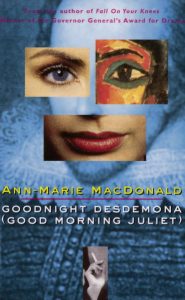
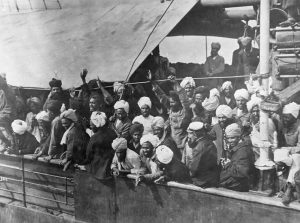

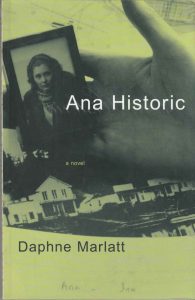
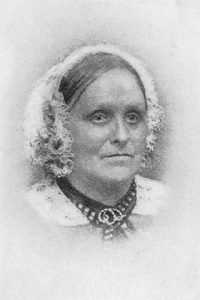

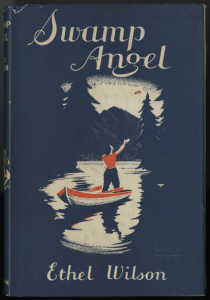
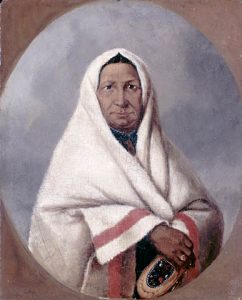

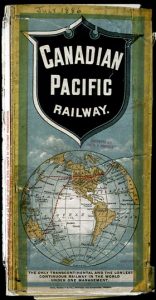
 ©
©